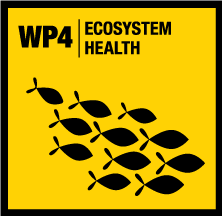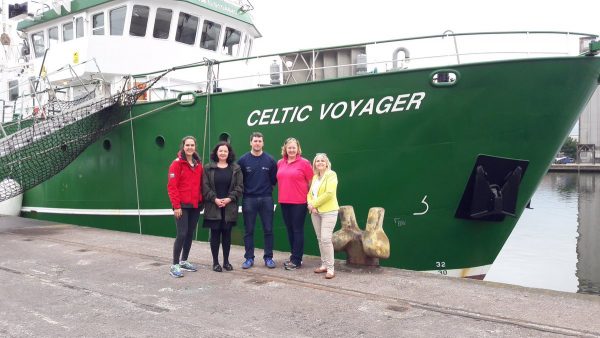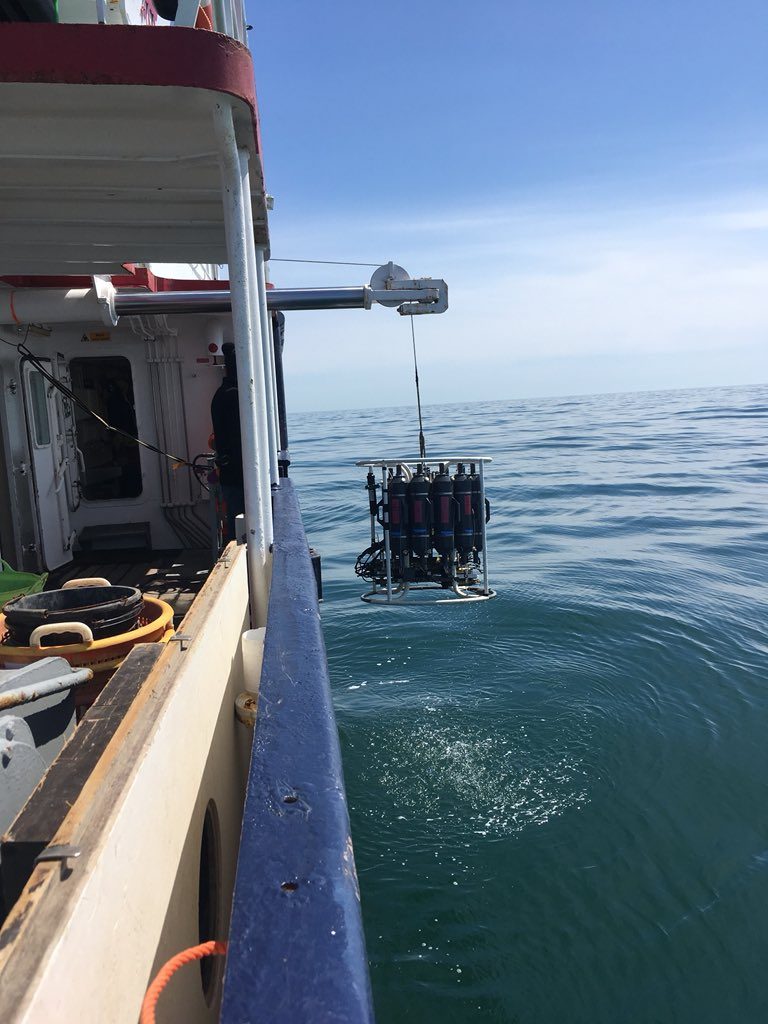


Activity 4.1 Invasive Species
Led by – Sarah Culloty (University College Cork)
Activity Questions
- Current status of alien species – what pathogens do they have?
- Can we learn from model organisms that have become established?
- Based on current knowledge can we predict impact?
- What potential inhibitors/drivers can we identify?

Activity 4.2 Cockle Health
Led by Niall McKeown (Aberystwyth)

Activity Questions
- How do other species within the benthic and pelagic community affect cockle health?
- What species act as reservoirs or vectors for cockle parasites?
- How do cockle parasite affect trophic interactions?
- Focus on hyperparasitism and co-infection of helminth and protist parasites within C.edule to better understand their lifecycles and transmission strategies.
- Compare interactions of cockles and parasites in the Irish Sea with those occuring in other regions of the Atlantic.
Activity 4.3 Disease Connectivity
Led by Christopher Coates (Swansea)
Activity Questions
- Where are the reservoirs of shellfish diseases in the aquatic environment?
- Do common shore crabs, Carcinus maenas, harbour pathogens potentially dangerous to crustaceans of commercial interest, e.g. Cancer pagurus?
- Can we ‘track’ pathogens, such as Hematodinium, in the water column (zooplankton) and into the host using eDNA approaches?

Activity 4.4 Toxins and pathogens Under Climate Change
Led by Nathan King (Bangor)

Activity Questions
- How do pathogenic bacteria interact with their environment?
- What are the emerging pathogens and toxins directly relevant to the Irish Sea system?
- How will pathogen communities as well as their pathogenicity change under predicted climatic and local environmental change?
- Where are the most at risk areas in the Irish Sea and how will these change in the future?

